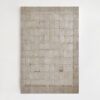More and more designers are pushing the boundaries between art and design, creating furniture that looks like art. For them, there is no distinction between the two disciplines (as Michael Anastassiades, for example, told me in an interview). This is an exciting topic that I would like to explore today in this edition of my column.
Is it even possible or necessary to lump these two terms together, or should they be distinguished from each other? Can design be art? And if so, can art also be design? I’d like to get to the bottom of these questions.
What is the difference between art and design?
So let’s first clarify the difference between the two disciplines. For someone not particularly interested in the subject, the distinction should be fairly simple. Art is looked at, hung, and viewed in museums or galleries. Design is used, you sit on it, and you turn it on. Is it that simple?
I found a good definition on the website Kürze&Würze: “Design is aesthetics in the service of functionality.”1 Well said. Design focuses on functionality, practicality, and the creation of objects, buildings, websites, etc. It’s about solving problems, it is a process, and you could even say a science; just think of brand design or UX design. With all the important information and data you need about the target audience and the resulting colors, typographies, etc. Design can’t stand on its own, because it must always be considered in the context of its function. So design is (or should be) always about the user.
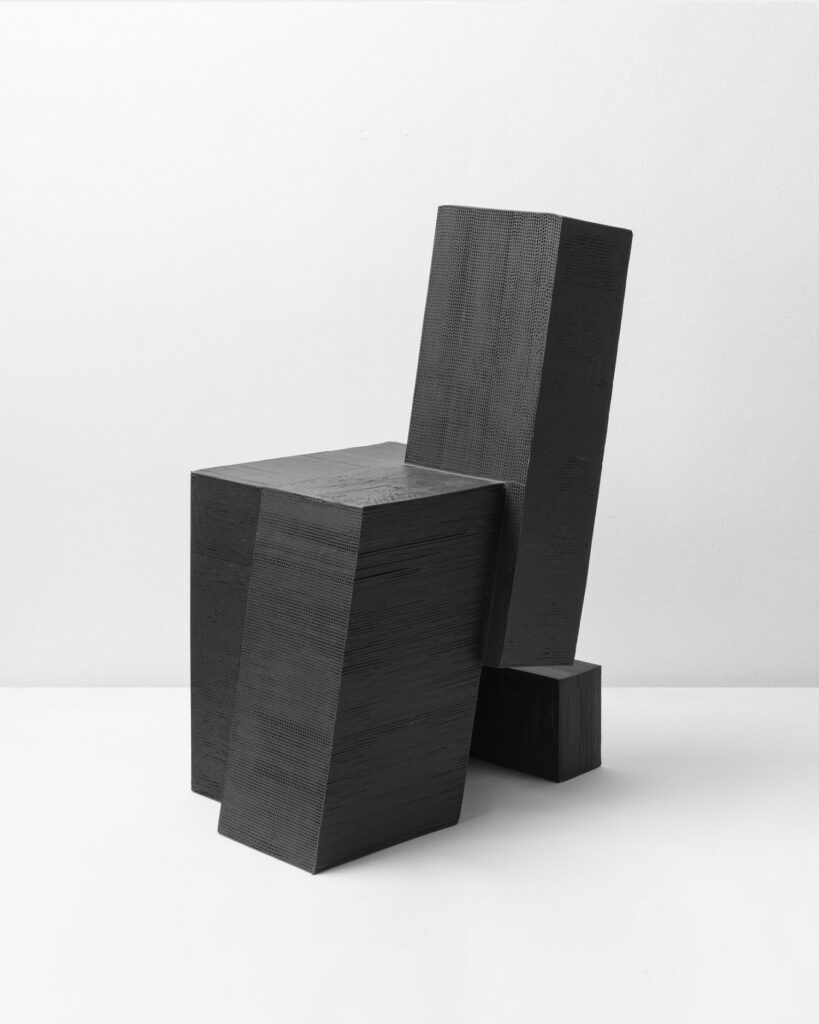
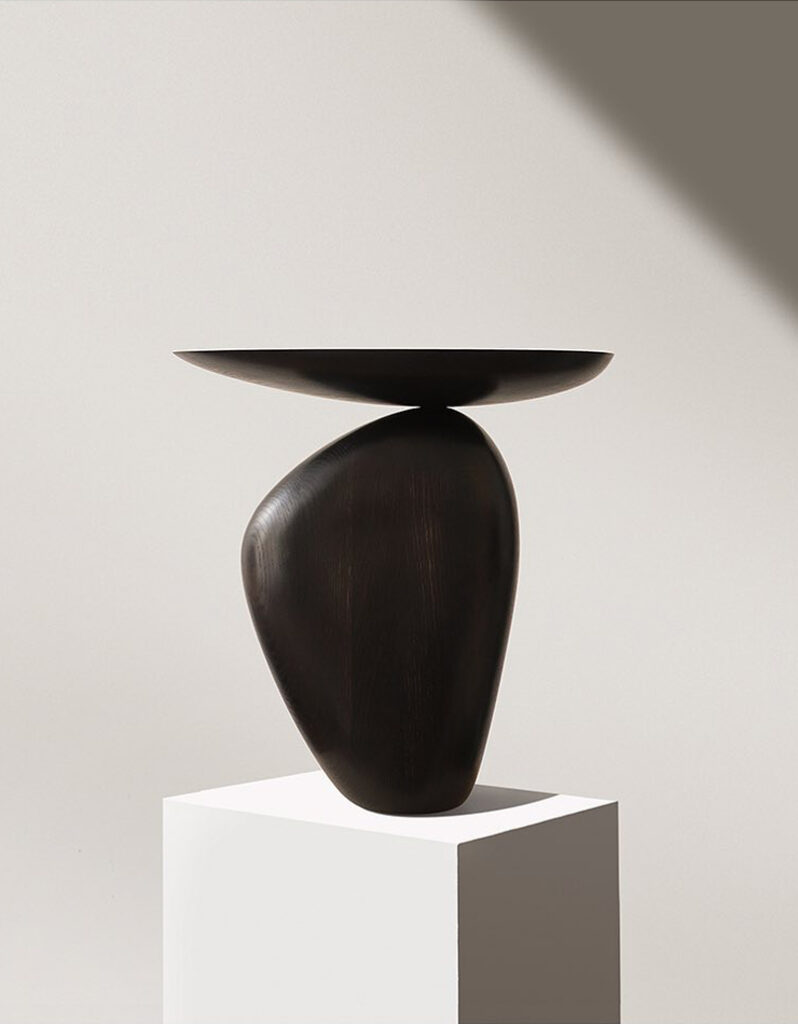
Art, on the other hand, is generally about creating something that expresses an idea, feeling, or concept. It is usually meant to be appreciated for its beauty or emotional power. Art can be provocative and thought-provoking. It can stand on its own, question norms, represent an era, and be an exploration of the self. It is about interpretation, not functionality. Art does not adhere to rules, it is free and determines for itself what it wants to be. Good design, on the other hand, should adhere to certain rules and never lose sight of its function. In the process, boundaries can be questioned and crossed, no question about that. This is the only way to create innovative design. But even here, the designer should stick to certain basic rules. After all, what do you want with a beautiful chair that you can not sit on?
But nothing is set in stone here. Both disciplines contain elements of each other. The intersection is as great as the differences. Both disciplines require creativity and can express thoughts and ideas. In both cases, artists or designers can influence their target audience to respond in a certain way. Likewise, both disciplines require a certain amount of experimentation to find the best solution to a particular issue or task.
And what about aesthetics?
And this thought experiment would not be part of my column if I left out the question of aesthetics. Certainly, it plays a major role in both disciplines – but at different levels. In design, aesthetics should be subordinate to function. After all, good design can be aesthetic, but aesthetic design doesn’t necessarily have to be good! One works without the other, but not vice versa. I’ve addressed the issue in this article if you’re interested.
And what about art? Aesthetic choices don’t have to be subordinate to any other element. Good art can be aesthetic, but it doesn’t have to be aesthetic to be good. Of course, aesthetics here is a purely subjective matter, but the idea should be explored further. However, since this is beyond the scope of this article at this point, perhaps it is a topic for another Exploring Aesthetics. Feel free to write me in the comments about what you think.
(Update March ’23: I’ve been exploring this topic further, read my thoughts on whether art needs to be aesthetic to be successful → here.)
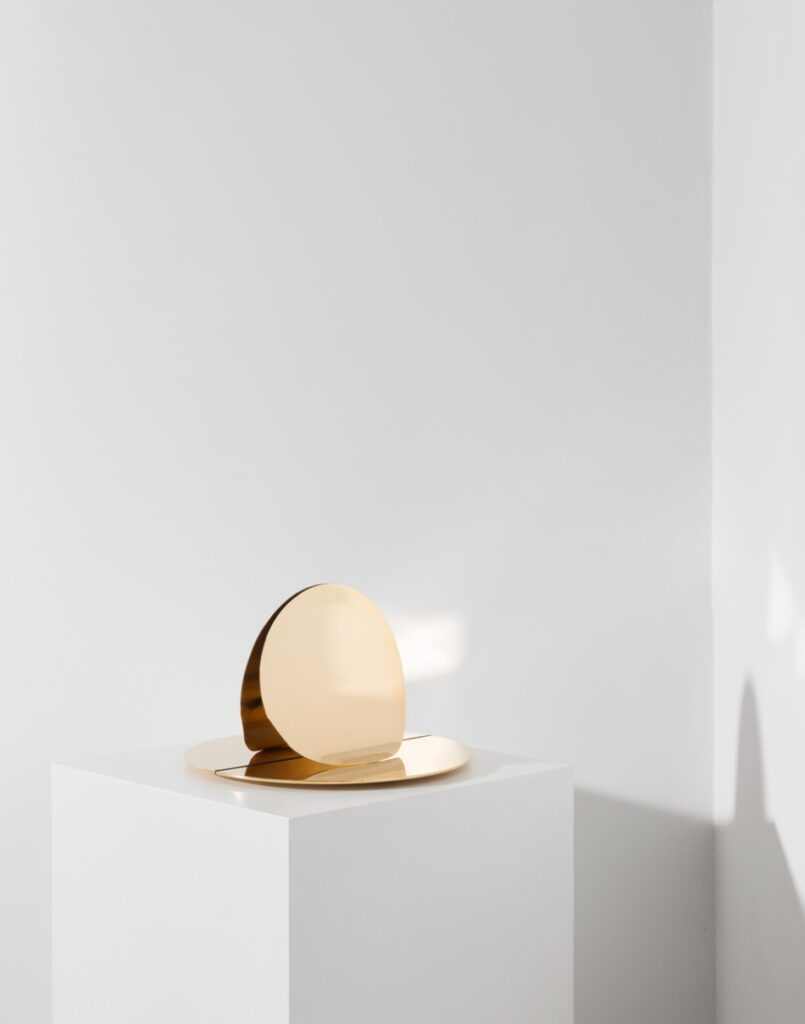
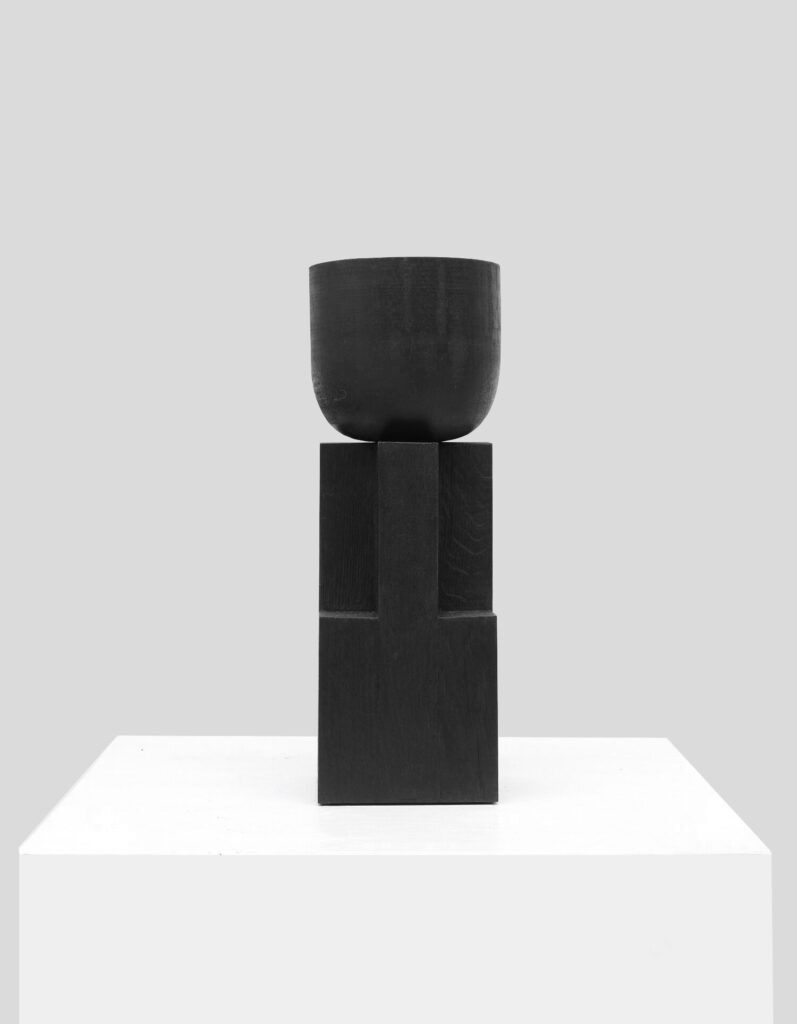
Too broad to be answered
So is it even possible to find an answer to the leading question on this basis, when both disciplines are so incredibly multi-faceted? Just think of all the subcategories in art and design, such as performance art, UX design, concept art, digital art, furniture design, app design, etc…
There is no blanket answer to this question. At least not from me. With Collectible Design, I would say, yes, design can be art. This is a collective term for certain design objects that are produced in limited editions because of their unique value and special aesthetic appeal. Collectible design is therefore a special type of design that represents an art value and at the same time is also worth investing in. But I’m on the fence about all the other subcategories.
Personally, I really like it when especially furniture has an artistic design. Like for example a beautiful lamp that looks like a sculpture. It’s the combination of function and aesthetics that I find very appealing and that makes some design pieces look like good art to me.
What do you think about it? I look forward to your comments!
1 https://kuerzeundwuerze.ch/wissenswertes/wissen-von-a-z/design/
https://www.toptal.com/designers/creative-direction/art-vs-design
About Exploring Aesthetics:
Sarah loves asking questions and exploring the things she engages with on a daily basis. Exploring aesthetics is her column which discusses art, design, and aesthetics to explore, inspire, and question the status quo.

